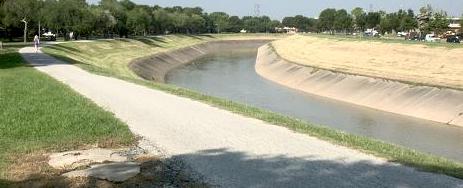Introduction

We propose that in the case where a high level of human alteration to a river will be maintained, benefits to the ecosystem are possible primarily through active, science-based river rehabilitation. The spawning habitat integrated rehabilitation approach (SHIRA) is one example of this. Although the name emphasizes "spawning", the approach is in fact a holistic approach that values and addresses diverse species in their multiple life stages. Spawning of anadromous salmonids has proven an effective life stage to use as the indicator of the status and functionality of the entire river system. It is impossible to make high-quality, sustainable spawning habitat without also ending up with a diversity of habitats for other species and life stages.
The degree of benefits possible from river rehabilitation depend on the scale of action allowed. Within a river, there are three scales of rehabilitation usually contemplated: reach, geomorphic-unit, and hydraulic-unit scales. In the material that follows, we provide a basic background to the issues and concepts surrounding spawning habitat rehabilitation on regulated rivers.
Introductory Concepts
